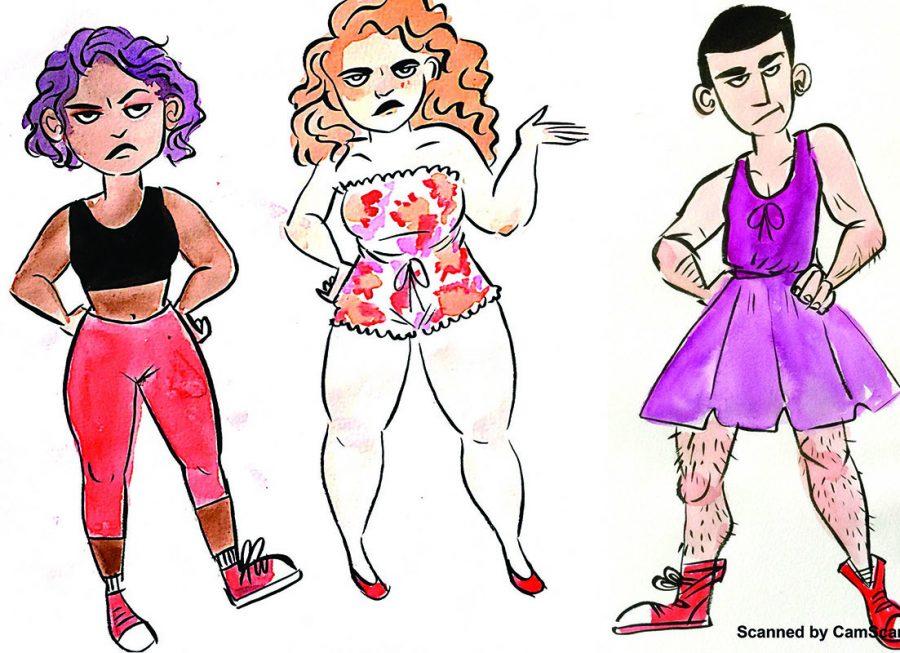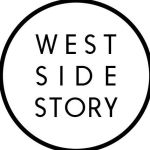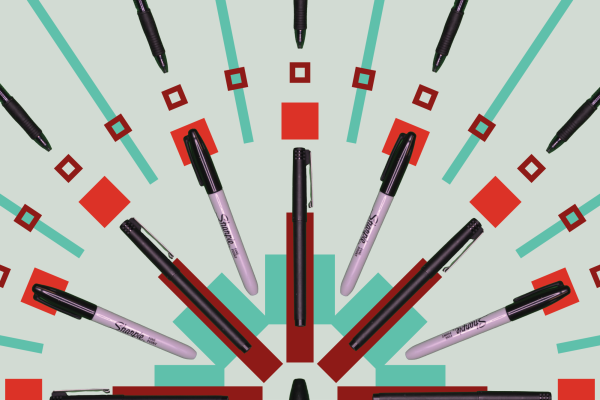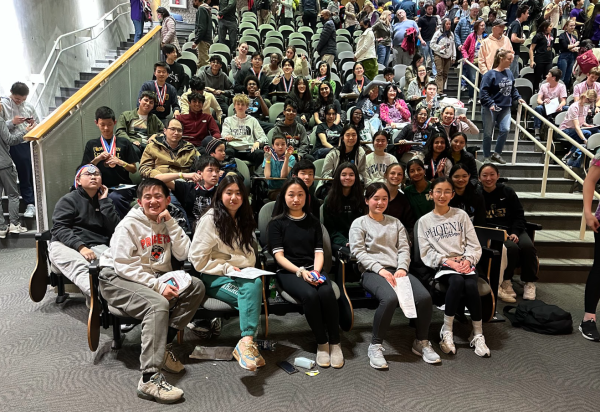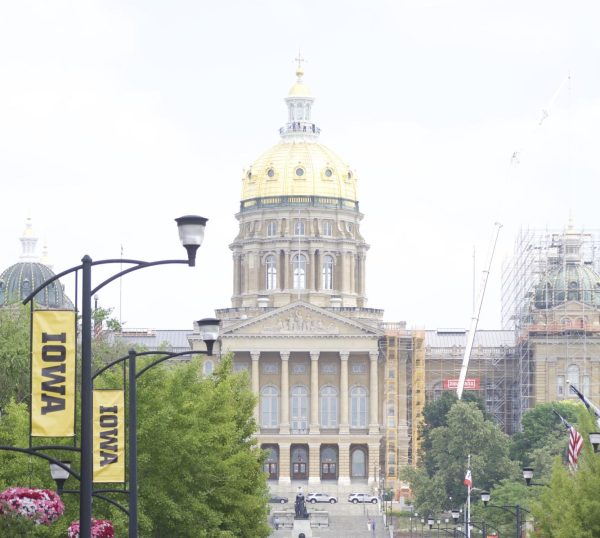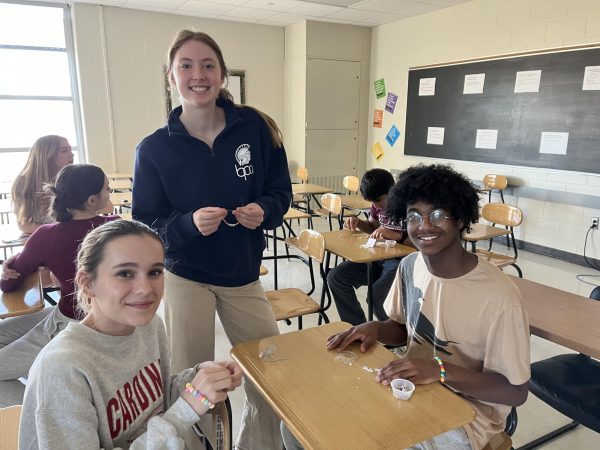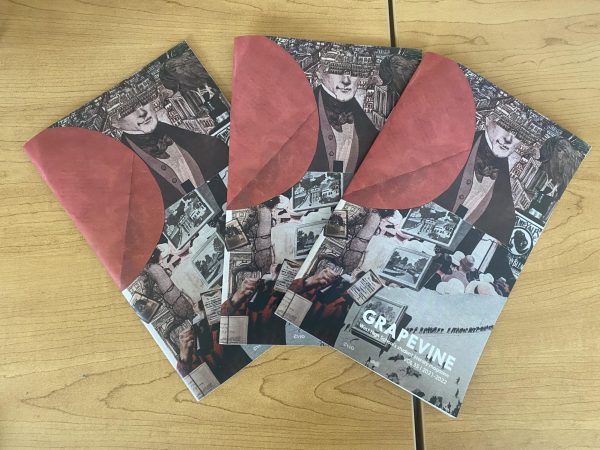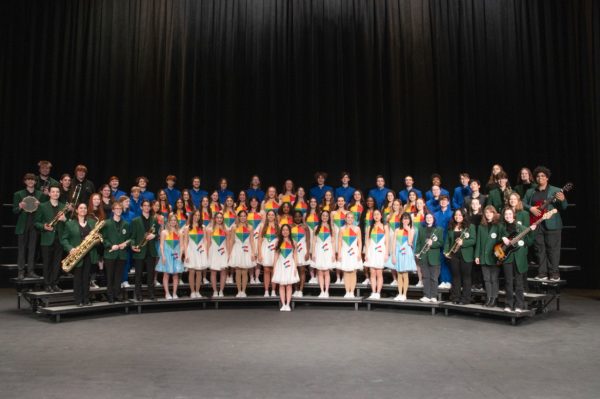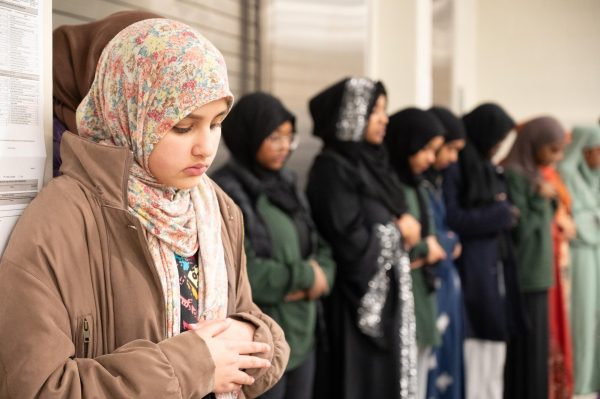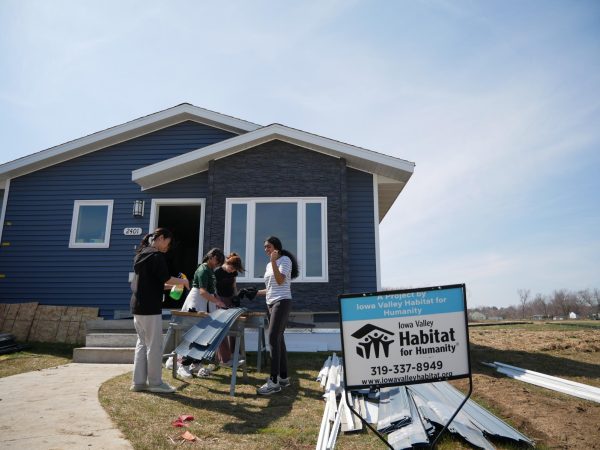Dress coded
Along with information of the implementation of the committee to regulate the school dress code policy, students give their opinion on the effectiveness of current enforcement of the dress code.
Dress coded artwork angie
September 30, 2016
Following a multitude of complaints, West High principal Dr. Gregg Shoultz is to establish a committee including West High parents, faculty and students to discuss the current school dress code policy. Specifically calling into question the “no bare midriff” rule, the committee will convene early this October to discuss amending the issues of the dress code targeting a specific gender. The current aim of the committee won’t not be to enforce stricter rules pertaining to the dress of students. “I am not anticipating any additions to the dress code,” said Shoultz. “But once we open [the committee] up, there might be suggestions that could include additions.”

With student representatives on the committee, student feedback will be a determinate in the outcome of the committee’s rulings. Though the current representatives have not been decided, Dr. Shoultz “[plans] to go to some school groups” for representatives for the committee.
“I support the idea of a committee with student feedback,” said Nathan Thomas ’17. “Ideally, people of many different groups and ethnicities [will be on the committee].” Although students have different hopes and expectations for the ideal committee, the committee members will be decided by Dr. Shoultz. “In an ideal world… [the committee] has equal representation from every demographic. That being said, it may be full of people who have not been dress coded before,” said Kalen McCain ’17. “I feel like that can probably make a bias against sympathizing with those that have been dress coded.”
The committee’s rulings will not be decided based on student opinion alone. Along with this, the committee will also have to consider parental concerns about the dress code. While students may demand certain parts of the dress code to be amended or omitted, parents may not necessarily agree.

“The changing of the dress code is hard to predict,” said McCain, “every student’s opinions are different, and it’s hard to notice trends.” Students still remain hopeful that the “no bare midriff” will be omitted from the dress code, as the trend currently dominates West High.
“If it was enforced, there would be a lot less of it,” said Lily Lucas ’17. “I’ve [even] seen guys wear crop tops, but those don’t get dress coded,” said Thomas.
An excerpt from the student handbook states “students may not wear backless or strapless attire. Bare midriffs, chests, or torsos are also not allowed.” With this, student response has been aimed towards the dress code being gender biased. Not only this, students also believe the enforcement of the dress code to be biased.
“[The dress code] currently refers to a lot more things girls cannot wear than guys cannot,” said Thomas. “In terms of enforcement, it basically comes down to the authority figures nearby. If the teacher has an issue with it, then it will be enforced. Otherwise it usually isn’t.”
While some teachers comply with school policy, other teachers may not necessarily comply to all of the demands.

“I don’t think it is [enforced], or else you wouldn’t see those types of [dress],” said Lucas. “They should allow enforcement to go up to the teachers… They cannot truly make teachers enforce a policy they don’t believe in,” said Thomas.
While students believe parts of the dress code should be omitted or amended, none believe the dress code should be discarded entirely.
“There are definitely some things that should be dress coded,” Lucas. “This is school, it’s not [a place] meant to show off your body that way.”
School has a stricter dress policy that the government does. The governmental laws for public obscenity are the minimum requirement for presentable wear.
“As long as you are below those standards, I don’t personally find it to be an issue,” Thomas said
While some parts of the dress code are being called out as gender biased by students, others hope that parts of the dress code will be changed. “I would like to be able to wear some blouses, but I have to wear a jacket over them because my back shows,” said Lucas. “At a certain point, there is certain attire that’s not school appropriate, but that’s only on the radical end,” said McCain. “How is [strapless attire] any more distracting than a sleeveless shirt that a guy is wearing?”



